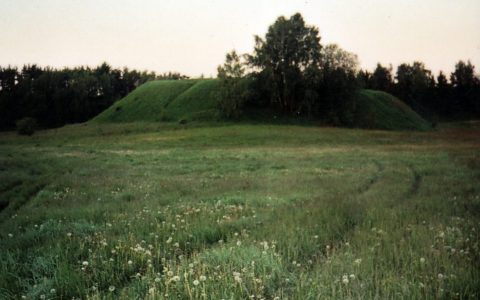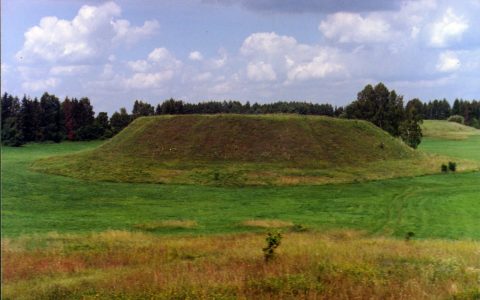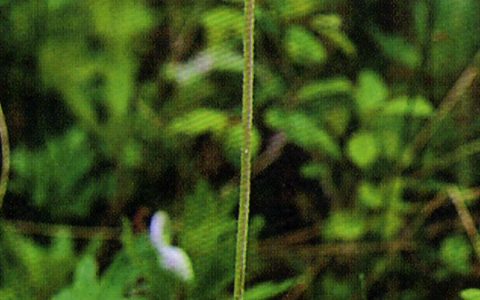Haćki – contraction of xerothermic grassland vegetation
- Project duration:
- 1969 – currently
- Project coordinator:
- Prof. dr hab. Bogdan Jaroszewicz (2005-currently) Prof. dr hab. Janusz B. Faliński (1969-2004);
The subject of the research is the transformation of xerothermic grasslands on glacial drumlins in view of the change of zoo-anthropogenic pressure. The study area covers one of the best xerothermic grasslands in the Bielska Lowland. Until the 1970s the studied grasslands were in agricultural use, and the main form of land use was intensive grazing. Nowadays, large areas of grasslands are part of the Natura 2000 area “Murawy w Haćkach” (157 ha). In order to maintain the unique natural values of the study site, grazing and extensive mowing were restored on a part of the grassland.
In 1969, 17 permanent research plots (each 25 m2) were established in the grasslands and an additional permanent plot was established in 1989 in the rowan shrublands, which developed on a mesic grassland.
The effect of gradual reduction of grazing is the disappearance of typical thermophilous species and the replacement of them by the species typical of mesic grasslands and other ubiquitous species. Thus, xerothermic grasslands growing on the slopes converted into a forest with birch, pine and aspen, and in locations exposed to the north – into a forest with rowan and black alder. On the same permanent plots, in the years 1969-70, the problem of the transfer of seeds and fruit on human clothing, was experimentally studied.
The site was also surveyed from the geological and archaeological point of view by researchers from the State Geological Institute in Warsaw and the Institute of Archaeology and Ethnology of the Polish Academy of Sciences in Warsaw.
Adamowski W., Kwiatkowska-Falińska A., Sondej I., Wołkowycki D. 2010. Haćki i Jelonka – ślady historycznych i współczesnych przekształceń roślinności przedpola Puszczy Białowieskiej. In: Planta in vivo, in vitro et in silico. Z Mazowsza na Polesie i Wileńszczyznę. Zróżnicowanie i ochrona szaty roślinnej pogranicza Europy Środkowej i Północno-Wschodniej. A. Obidziński red. Polskie Towarzystwo Botaniczne – Zarząd Główny, Warszawa: 237-249.
Kwiatkowska-Falińska A.J., Faliński J.B. 2008. Flora and habitat of potato pits on kame hills in north-eastern Poland. Acta Societatis Botanicorum Poloniae 77,1: 53–58.
Kwiatkowska-Falińska A.J., Faliński J.B. 2007. Conditions of the occurrence of Anemone sylvestris in a kettle hole in north-eastern Poland. Acta Societatis Botanicorum Poloniae 76,2: 133–140.
Faliński J.B., Ber A., Kobyliński Z., Kwiatkowska-Falińska A.J. (red.) 2005. Haćki. Zespół przyrodniczo-archeologiczny na Równinie Bielskiej. BSG UW, PIG w Warszawie, IAiE PAN w Warszawie, ZEiOP UW.
Faliński J.B. 1972. Antropochoria w murawach kserotermicznych w świetle badań eksperymentalnych. Acta Societatis Botanicorum Poloniae 41,3: 287-305.
Faliński J.B. 1972. Antropogeniczne zagrożenie i program ochrony muraw kserotermicznych na kemach w północnej części Równiny Bielskiej. In: Synantropizacja szaty roślinnej. IV. Synantropizacja szaty roślinnej w parkach narodowych i rezerwatach przyrody – Phytocoenosis 1.4. J.B. Faliński red. Białowieska Stacja Geobotaniczna UW, Białowieża: 287-305.



